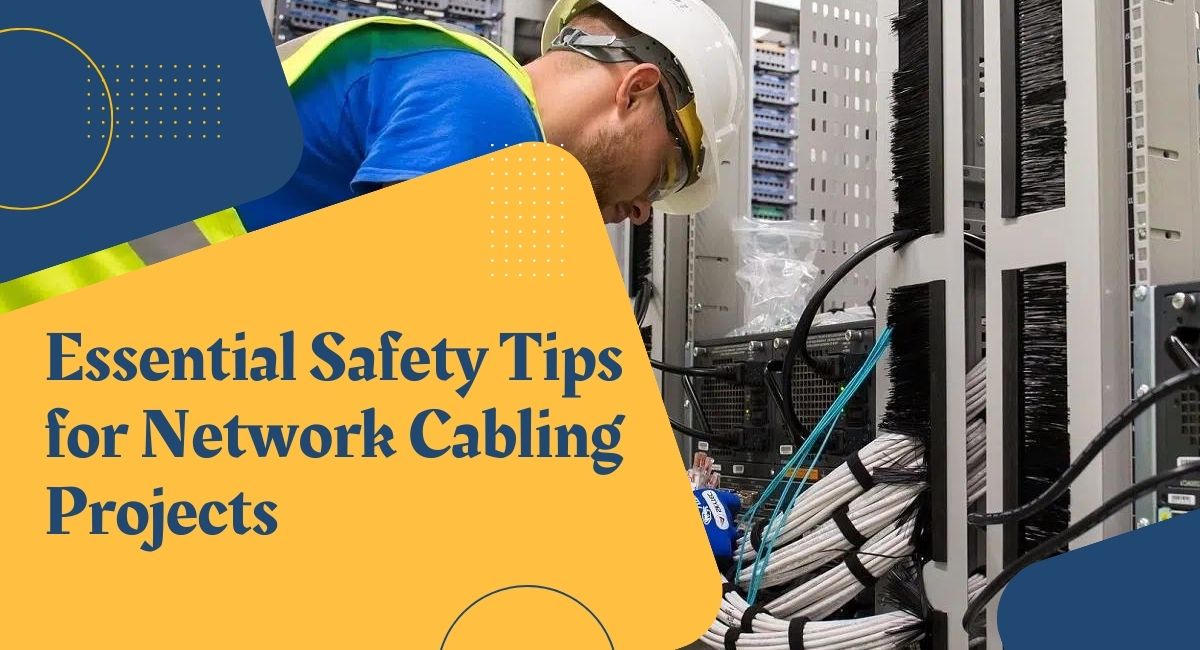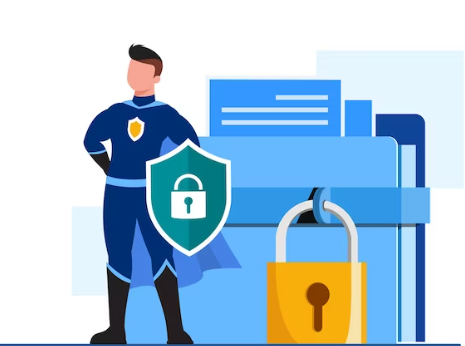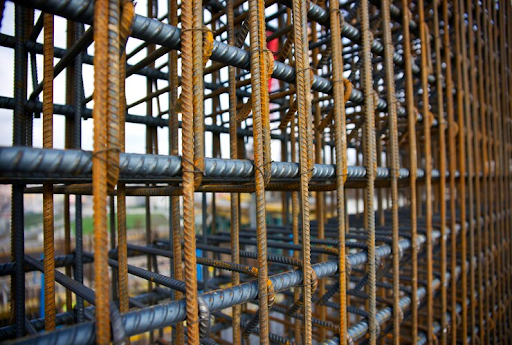Structured network cabling forms the lifeline of modern enterprises conveying vital data and connectivity. However, if incorrectly implemented the repercussions range from sluggish networks to major hazards like fires. By following fundamental guidelines, businesses can rollout projects safely. This guest blog by Commercial Electrician London will cover essential safety tips concerning network cabling deployments and maintenance relevant for all industries.
Use Certified Cable Models
While more expensive, certified cabling solutions like Cat6 and Cat7 models guarantee certain benchmark construction standards and transmission effectiveness. The seal of quality provides assurance that the cables meet expected capacities and minimize interference issues. Further, accredited cables hardly constitute fire risks associated with inferior quality cables.
Deploy Safely Rated Connectors
Use connectors purpose-built for dealing with typical network bandwidth loads without overheating. Select connectors meeting applicable British Standards ratings to avert loose contacts causing sparks. Also, verify connector compatibility with RJ45 cables used before crimping. Improper connections trigger cable damage and signal troubles.
Install Surge Protection
Power surges due to fluctuations or lightning strikes on outdoor cables can overpower network components. Protect all indoor entry points via heavy-duty surge protection devices equalizing current flow. This shields appliances from irreparable damage while preventing fire risks that arise internally fromvolt spikes. Surge protection also guards WiFi access points connected to internal data networks from similar externally triggered current increments.
Firestop Cable Penetrations
Whether passing cables between building floors through shafts or penetrating fire-rated walls, exposed openings around the cables compromise compartmentalization. Duly seal openings around cable penetrations using fire-resistant putty or pillows explicitly tested regarding stopping fire spread and smoke leakage during building firewall breaches. Provisions like these limit networked cabling increasing inward fire spread risks within commercial buildings.
Keep Dust and Debris Away
Cabling deployment creates substantial debris especially in riser shafts or ceiling spaces. Ensure exhaustive clean-up not leaving abandoned scrap lengths, insulation dust or metallic conductor pieces behind nearby active cabling. Apart from being a major fire hazard due to combustion risks when ignited accidentally, conductive debris also causes equipment shorts and network disruptions when entering touchpoints.
Avoid Cable Overloads Support network expansion plans by installing sufficient cable capacity from the get-go. As needs grow, uniformly balance loads using managed switches rather than overloading individual cables which heats them up drastically. Excessively stacked, coiled and bent cables also lead to overheating when air cannot pass through easily.
Label Extensively Label both ends of installed cables clearly for identification. Also tag key access points like “Comms Rooms”, “1st Floor East Wing” etc properly. This eases locating, isolating faults or expanding networks later by technicians who can trace labelled cables between floors or building areas without confusion. Proper labelling also minimizes accidentally disrupting adjacent critical wiring during repairs. Use laminated labels and marker pens to help details persist near dusty ceiling spaces.
Inspect Annually
Once operational, include cabling inspection alongside periodic electrical safety checks. visually check for cable damage, corrosion, connector issues, overloads etc. around patch panels, access points and cable channels annually. Thermal scans help spot hotspots needing attention. Timely replacement of faulty cables prevents safety risks. Record inspections to demonstrate diligence.
Ensure Safe Cable Routing
Whether running cables overhead or underground, safe routing minimizes risks:
Overhead Cabling:
- Install trailing cables neatly along ceiling structural beams, columns etc. Avoid loose overhead runs prone to accidental pulling and falls. Use steel support trays or conduits for orderliness and protection.
- Position cables away from vibrating plant equipment, water pipes etc. that may abrade the cabling sheath over time.
Underfloor Channels:
- Lay cables evenly through underfloor trenches without overcrowding and route via protected screw-fixed panels, avoiding direct ground contact.
- Ensure underfloor channel covers fit securely after passing cables through. Loose trench covers also trigger tripping hazards.
Wall Cavities:
- When feeding cables inside brickwall channels, keep adequate clearance from electrical conduits to avoid proximity sparking risks.
- Use metal plates or deeper channels when running network cables parallel to electrical wiring internally.
The priority lies in mechanically securing cables firmly throughout routes to avoid detachments over their lifespan.
Work Safely On-Site
Our licensed electricians follow stringent safety protocols when installing network cabling at height or internally to prevent accidents:
- Using insulated platforms and fall arrest systems when working on cable trays, external mast poles etc.
- Locking out electrical rooms when pulling internal cables to prevent inadvertent contacts.
- Having a spotter watching the ladder base if working near stairs or tripping hazards.
- Wearing cut-resistant gloves handling sheathed cables to avoid hand injuries.
We also isolate any grids powering access points before dismantling or fuse replacements to protect our technicians. Safety gets top priority on all cabling jobs.
Restrict Access Despite extensive cabling, limit network room access only to authorized IT personnel given the severe outages simple unintentional mishandling can trigger. Lock IT cabinets and racks too once setup using conventional keys or programmable keypads where convenient. Securing physical network assets is vital given their intricate integration with overall facility functionality nowadays.
Adhere to these crucial safety steps throughout planning, installation and sustaining enterprise network infrastructure to maintain effective, resilient and risk-free communication pipelines for your organization. Contact certified contractors like Commercial Electrician London on +442071834006 for professional assistance implementing or revamping network cabling in London as per the highest industry safety norms.



